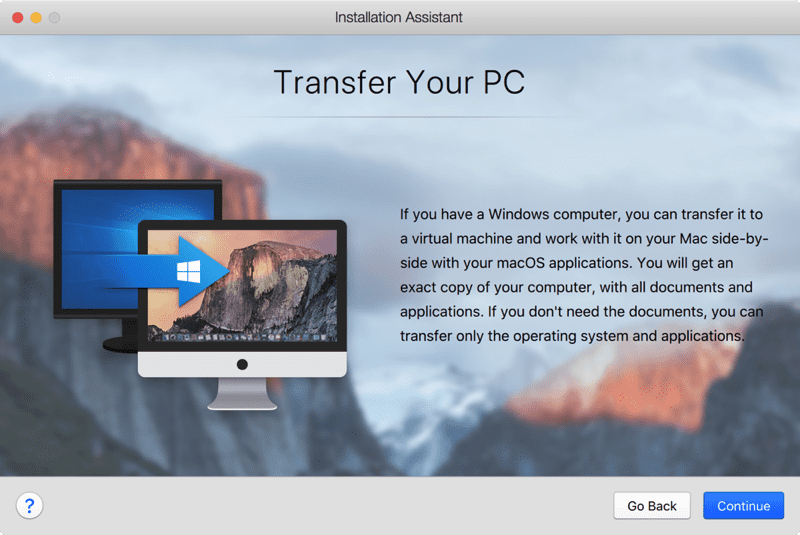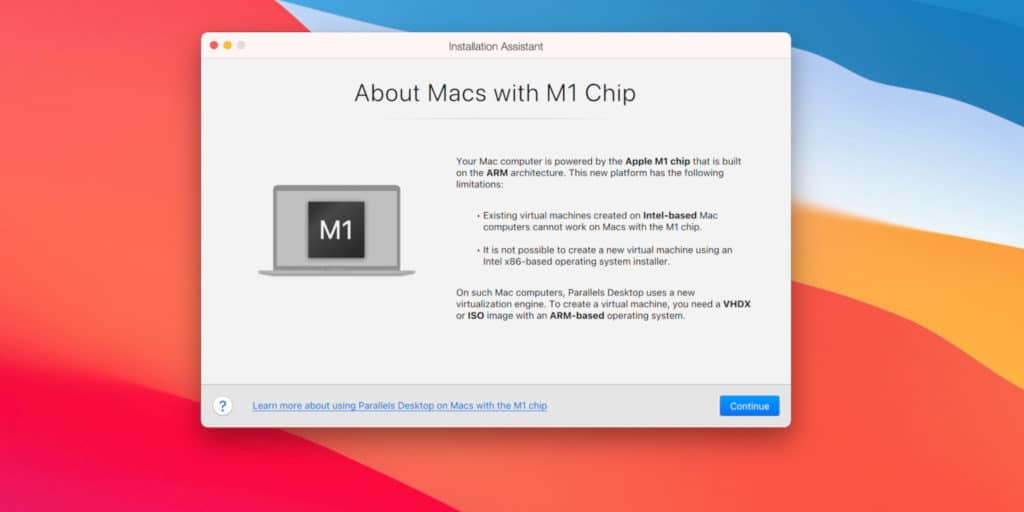

- #Windows 10 for parallels full#
- #Windows 10 for parallels for windows 10#
- #Windows 10 for parallels windows 10#
- #Windows 10 for parallels for android#
- #Windows 10 for parallels software#
#Windows 10 for parallels full#
Still, this is nice to see.Īlso nice is a full suite of utilities available in the VM called Parallels Toolbox. Word processing and note-taking, photo or video editing, or watching downloaded content all come to mind. And to be honest, there are few things you might do these days without being connected to the internet. The problem is that most people don’t know or understand that. That’s a good selling point here although many Chromebook functions and features can be used offline.
#Windows 10 for parallels windows 10#
Best of all, you can use Windows 10 on a Chromebook with this solution without an internet connection. And using Windows 10 in a VM on a Chromebook is little different from using Windows on a PC or any other operating system in a VM. Of course, the trackpad and keyboard on my Chromebook works as expected. And although this screen says there isn’t any pen or touch input configured for Windows, I actually can use my finger and the Chromebook touchscreen to interact with Windows. Since this is a managed application, I don’t see any settings that will allow for customization of the VM resources. It also appears that Parallels allocates 4 GB of memory, at least initially, to the Windows instance based on checking the “Windows PC” information. Resources for the Virtual Machine and Windows You’ll also see the default user folders from Windows in the Files app, to get at those from Chrome OS. You can, for example, right-click on a folder in the Chrome OS Files app to share it with Parallels Desktop. Here in the Chrome OS Settings, you can see hooks to printers, USB devices, and shared folders for the VM to access.
#Windows 10 for parallels for android#
There’s some Chrome OS integration as well, just like there is for Android and Linux. I think the process was actually quicker here than what I experience on the heavy-duty gaming Windows PC I built! Chrome OS integration with Parallels Desktopīefore getting into how Windows 10 in Parallels Desktop for Chromebook Enterprise is to use, I should note that this isn’t just a standalone VM app. Upon first boot, there were some Parallels VM updates to be downloaded and installed, which required a restart of the VM I didn’t have to shut my Chromebook down as all updates were done to the VM, not my hardware. In this image, I have the VM a window, but it works in full screen as well.

With sound on, I was able to watch and hear YouTube videos from Windows on my Chromebook, for example. There are a few shortcut buttons to access Chrome OS file sharing, printers, keyboard shortcuts in Windows and to enable or disable sounds from the VM.
#Windows 10 for parallels software#
You’ll need to supply your own software licenses for Windows or any other desktop titles to use Parallels Desktop for Chromebook Enterprise.Īfter the configuration process completed, I was greeted by the Windows 10 boot-up process in the VM and then of course, the full Windows desktop.
#Windows 10 for parallels for windows 10#
Note that my review access included a demo license for Windows 10 as well as a few desktop apps. The self-configuration process took less than another 5 minutes. Luckily, I have a 1 Gbps fiber connection to the web, so my download took less than 10 minutes. The Parallels Desktop setup experience on a Chromebook 64 GB won’t likely cut it once you have the Chrome OS image and/or anything else such as Android apps or the Linux container installed.įor reference, the Parallels Desktop virtual machine (VM) image that includes Windows 10 is a 16.4 GB download. It also has the minimum of 128 GB of storage capacity. I ran my tests on the Acer Chromebook Spin 13 with 16 GB of memory that I bought back in 2019 because it exceeds these requirements, even if it’s not the newest device. What your Chromebook needs for Windows and Parallels Desktop Chrome OS 85 is also needed, but that should be a non-issue these days for most Chromebooks. You’ll need at least a Core i5 processor, 8 GB or more of memory, and 50 GB of free storage capacity. Just to level-set my comment about the “supported Chromebooks”, Parallels has mid-to-high-end range system requirements. Parallels Desktop for Chromebook Enterprise could help companies migrate to Chrome OS for most of their work and still provide access to any Windows software as well. To be honest, it’s pretty slick if you have a supported Chromebook. The software became available in October, and I recently got review access to the virtual machine solution. Back in July, Google announced a partnership with Parallels to get Windows on Chromebooks.


 0 kommentar(er)
0 kommentar(er)
